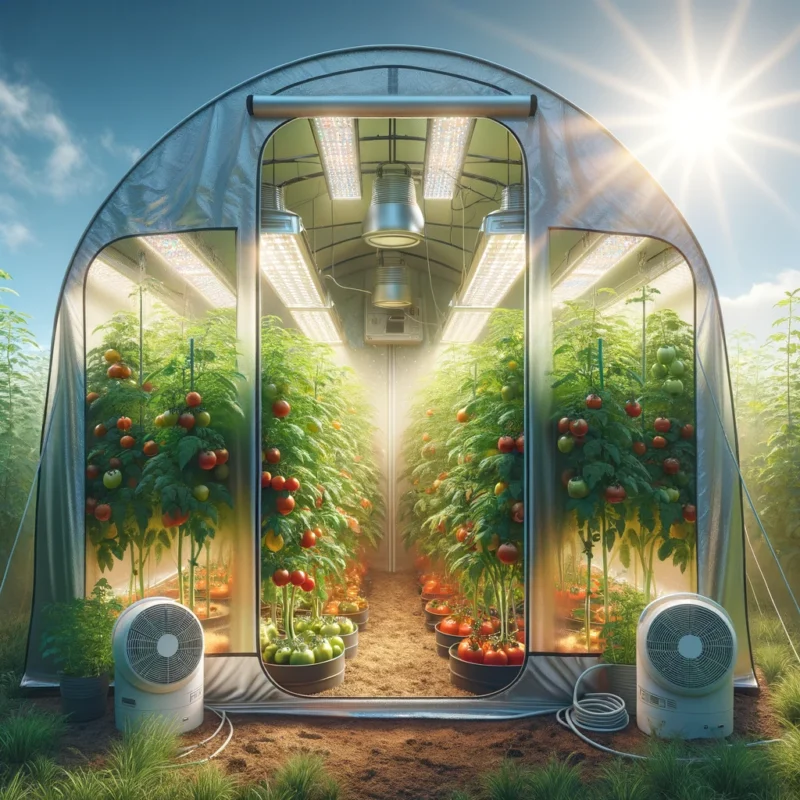Environment
Keeping Your Grow Room Temperatures Down Over Summer
Keeping your grow room temperatures down during the summer can be challenging but is crucial for the health and productivity of your plants. High temperatures can stress plants, leading to poor growth or even death. Here are strategies to help you manage grow room temperatures effectively:
1. Improve Ventilation
- Exhaust Systems: Install a powerful exhaust system to remove hot air from the room. Ensure it’s correctly sized for your space.
- Intake Fans: Use intake fans to bring in cooler, fresh air from outside or adjacent rooms.
- Oscillating Fans: Inside the grow room, oscillating fans can help circulate air, preventing hot spots and improving CO2 distribution.
2. Use Air Conditioning
- Dedicated AC: For larger setups, a dedicated air conditioning unit can be crucial for maintaining optimal temperatures. Portable AC units are an option for smaller spaces.
3. Utilize LED Grow Lights
- Lower Heat Emission: Switch to LED grow lights if you haven’t already. LEDs emit much less heat compared to HID (High-Intensity Discharge) lights, making temperature management easier.
4. Adjust Light Schedule
- Nighttime Illumination: Run lights at night and turn them off during the hottest part of the day. This not only helps manage temperatures but can also reduce electricity costs.
5. Insulate Your Grow Room
- Reflective and Insulative Materials: Use reflective insulation to keep heat out. Proper insulation can significantly affect how well your space maintains its internal temperature.
6. Use Water Cooling Systems
- Hydroponic Systems: For those using hydroponic systems, water chillers can keep nutrient solutions cool, indirectly helping to lower air temperatures.
7. Employ Evaporative Cooling
- Swamp Coolers: An evaporative cooler or swamp cooler can be an effective and energy-efficient way to reduce temperatures, especially in dry climates.
8. Shade and External Cooling
- External Shading: Use external shading to reduce the amount of heat entering the grow room from the sun.
- Misting Systems: Outdoor misting systems can cool the air before it’s drawn into your grow space, but be mindful of humidity levels.
9. Monitor and Automate
- Thermostats and Controllers: Use thermostats and environmental controllers to automate cooling systems, ensuring they operate only when necessary to maintain the desired temperature.
10. Manage Humidity
- Dehumidifiers: High humidity can make temperatures feel hotter and stress plants. Use dehumidifiers to keep humidity in check, especially when using cooling methods that increase moisture, like swamp coolers.
Key Considerations
- Regular Maintenance: Keep all cooling and ventilation equipment well-maintained to ensure efficiency.
- Monitor Plants for Heat Stress: Signs include wilting, leaf curling, and yellowing. Adjust your cooling strategies as needed.
Implementing these strategies requires balancing your specific grow room conditions, the external climate, and the needs of your plants. It may take some experimentation to find the right combination of techniques that works for you.

